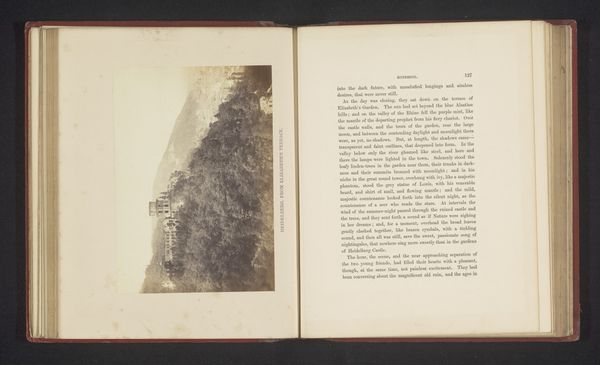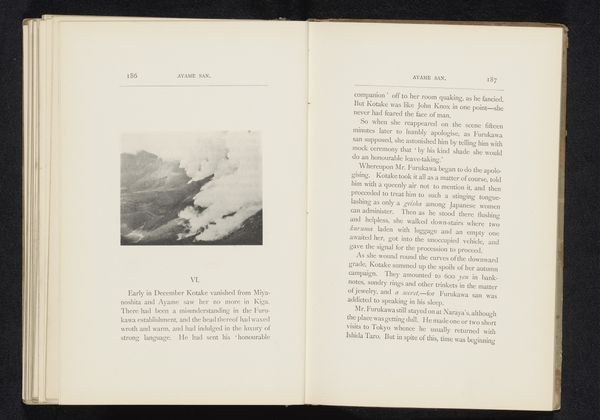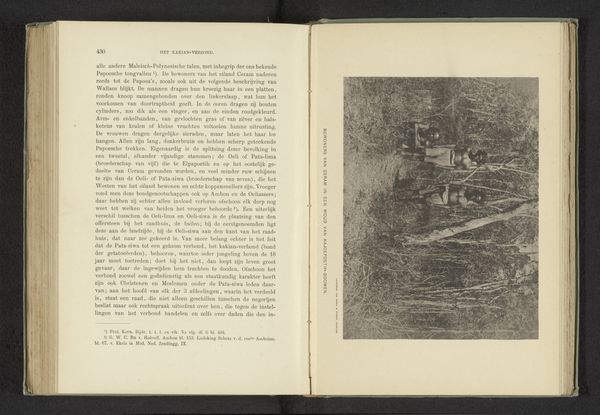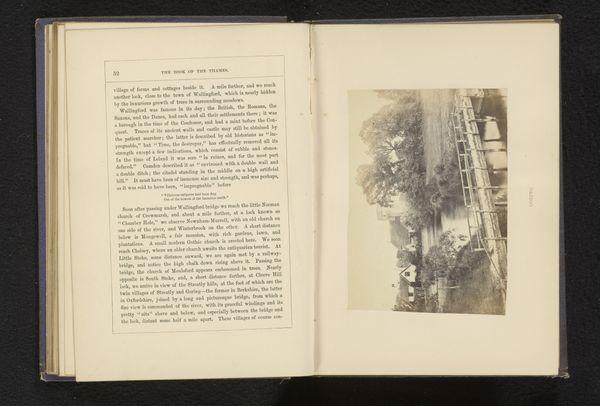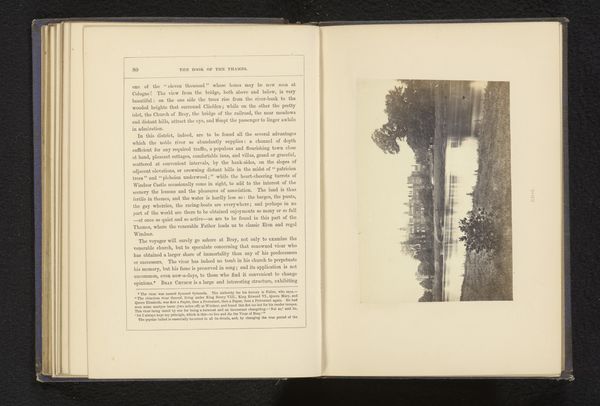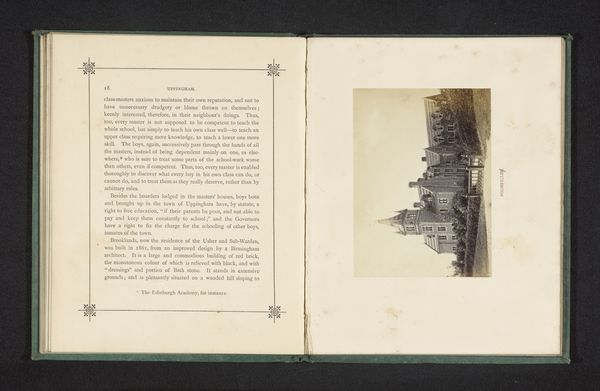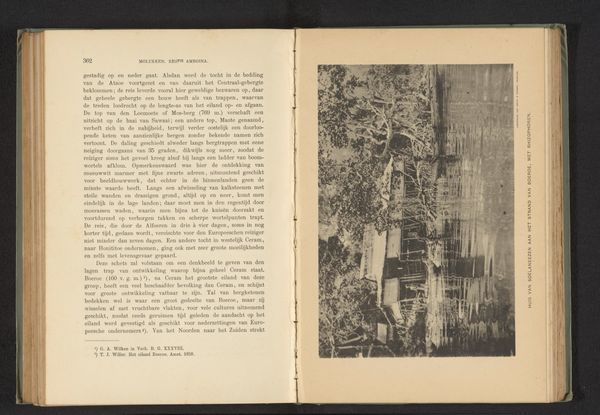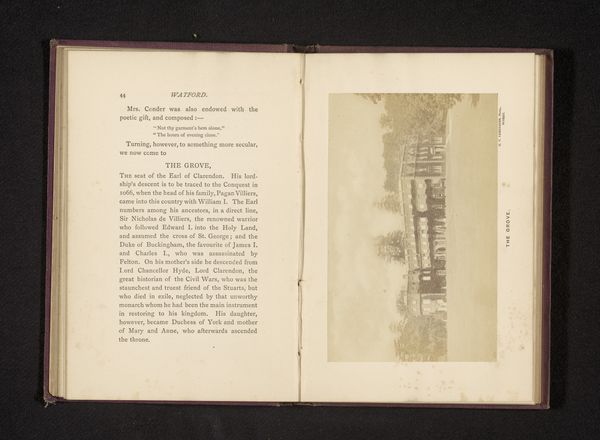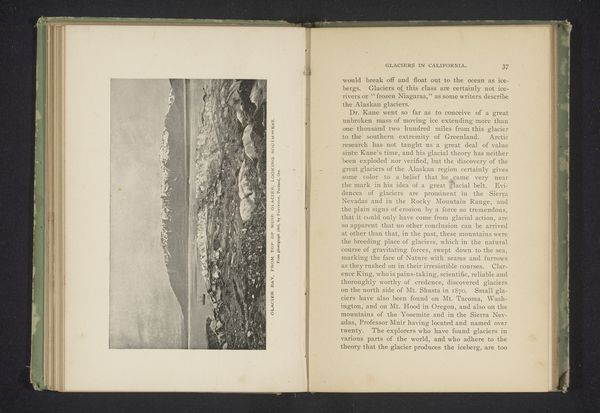
print, photography, albumen-print
# print
#
landscape
#
river
#
photography
#
albumen-print
Dimensions: height 100 mm, width 140 mm
Copyright: Rijks Museum: Open Domain
This photograph, titled "Gezicht over de Theems bij Nuneham Courtenay", was taken by Francis Frith, likely in the mid-19th century, using early photographic processes. Frith was more than an artist; he was a businessman, mass-producing images of landscapes and landmarks for a rapidly expanding tourist market. The albumen print process, which he often used, involved coating paper with egg white and silver nitrate, making it sensitive to light. This method allowed for detailed reproductions, but also demanded careful labor and chemical expertise. The tonal range, from dark shadows to bright highlights, gives depth to the scene. The stillness of the water, reflecting the water mill, suggests a moment captured in time. This wasn't just art; it was a commodity, made possible by industrial advancements and consumed by a public eager to possess picturesque views of the world. Considering the social context and the means of production behind this image encourages us to look beyond the surface, appreciating the layers of industry, labor, and consumption embedded within.
Comments
No comments
Be the first to comment and join the conversation on the ultimate creative platform.
